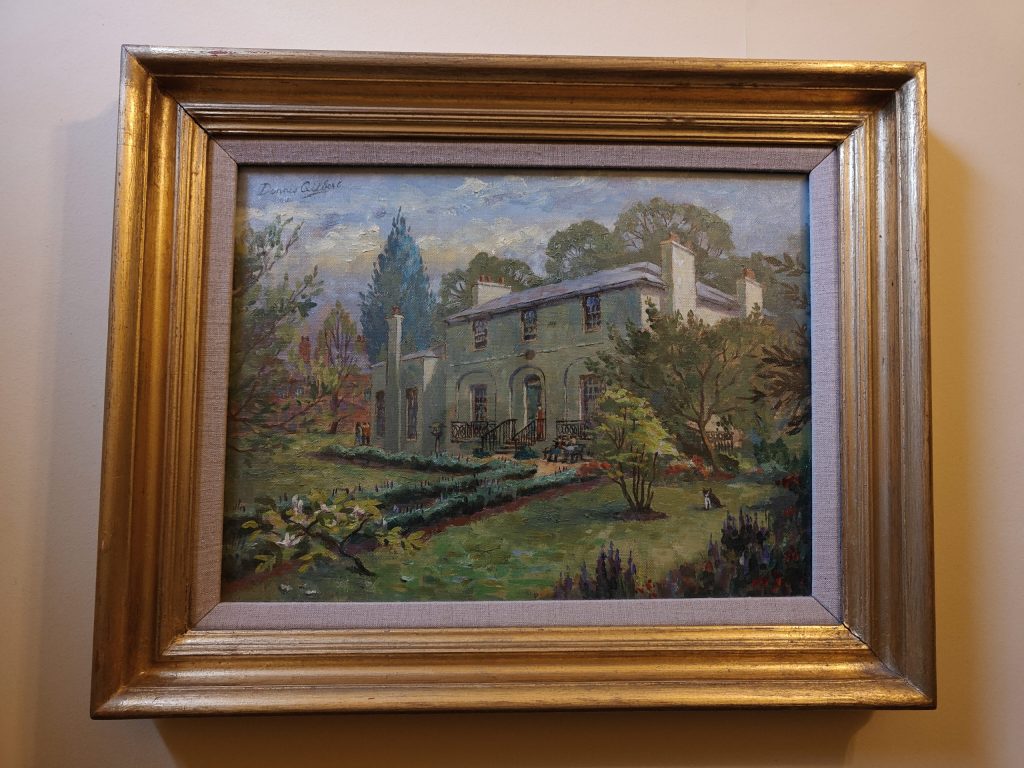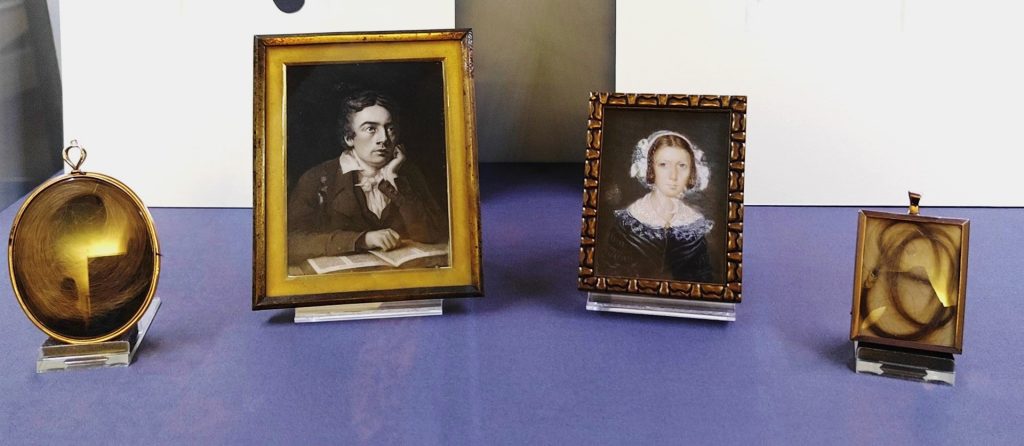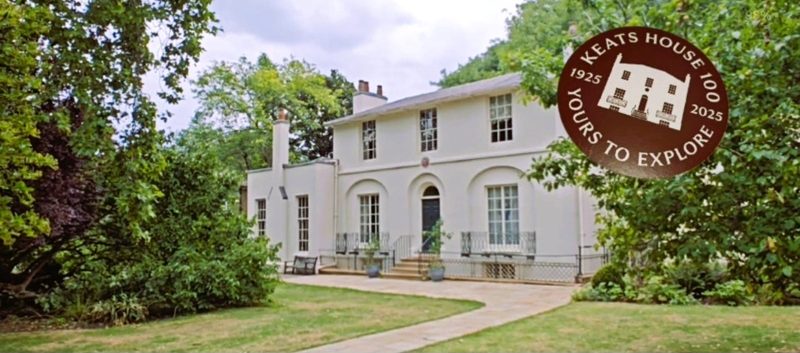Keats House in Hampstead Heath is this year celebrating 100 years since it was opened as a museum.
John Keats lived in the north London house from December 1818 until he left for Italy in September 1820.
Favourites such as ‘Ode to a Nightingale’ were penned at what was then known as Wentworth Place.
Principal Curator at Keats House Rob Shakespeare said: “Concern grew that the house would be demolished, the place where Keats created some of the work he’s most remembered for.”

In 1920, plans were drawn up to replace the house with a row of flats.
A fundraising campaign was launched locally to save the building, which drew in donors from as far away as the United States.
Luckily, it was enough to save the house and in 1925, it opened as a museum.
It was while living in the house that Keats first developed tuberculosis.
Doctors advised him to move to a warmer climate which prompted the move from London to Rome.
He wrote of how difficult it was leave his fiancé, Fanny Brawne, and the couple exchanged gifts including a diary and locks of hair before his departure.

The following year, in February 1821, Keats died in Rome at the age of 25, with only his friend, Joseph Severn, by his side.
More than two hundred years after his death, Keats House is still standing strong, playing its part in keeping the poet’s memory alive for generations to come.
Watch the video below to find out more.





Join the discussion